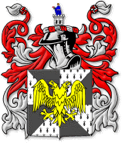St Austell Information
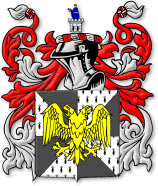
Carclase Tin Mine & China Clay Quarry StAustell 1831
Eden Biodiversity Project - St Blazey. Built 1998 -2001 in old Kaolin Quarry
St Austell (1840)
Who Lived Here
Mining & Prosperity Tin, and later copper, mining began in Turkey then in SW England. Cornish Chalcolithic metal workers smelted the tin locally putting 5 – 20% tin in molten copper to make bronze which was easier to work and harder than copper. It gave rise to the Bronze Age approximately 2150 BC. Reversing the proportions of tin to copper, with a little Antimony or Bismuth impurities, gives pewter. Highly refined pewter was known as Britainnia Metal as it looked like silver. A version with lead could only be used for decoration. Even before the Romans Britain was a major exporter to Europe and then the Americas after their discovery. Joseph Of Aramethea was a tin trader although there is no documentary evidence that he came to England.
In its heyday St Austell alone extracted £2M of tin in one year with a value today of approx £158M. Workers came from all over the world -notably France and Germany. After the price of tin suddenly fell in 1865 pure Kaolin (China Clay) quickly became the boom product. Export peaked as late as 1978 seeing 2.7M tons leaving the docks.
Local economies boomed giving rise to many equipment and clothing supply industries and fabulous churches. John Wesley congratulated them.
Since 2006 ten areas around Cornwall have been designated a World Heritage Site for their significance in mining and industrial archaeology.
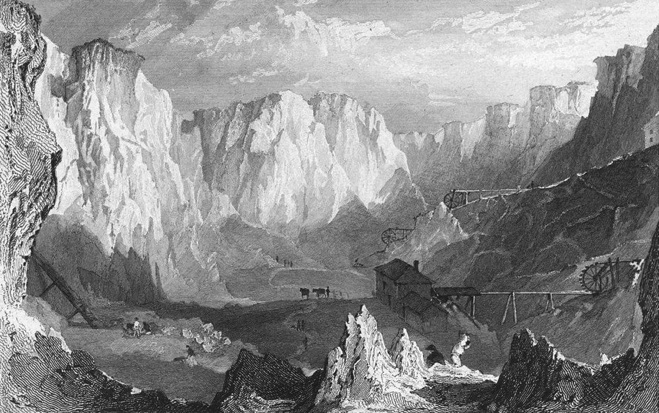
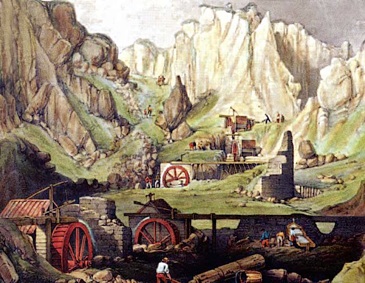
(click for huge map)

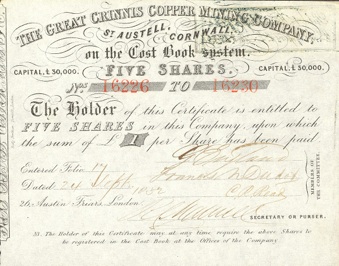


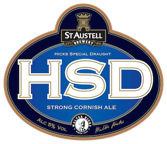



Holy Trinity Church
St Austell Brewing Company
Mining



